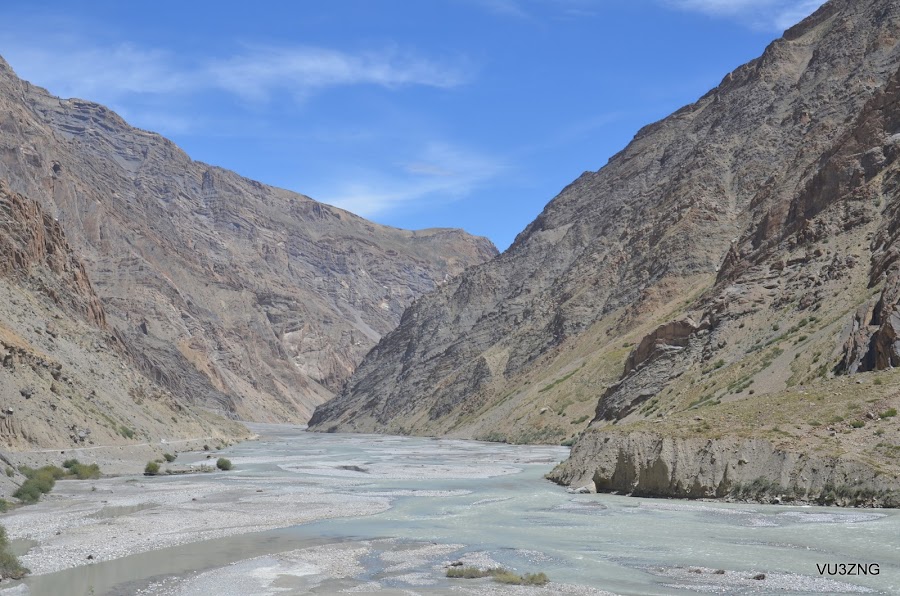
Sagnam
Spiti Valley, India
- Capture the beauty of the landscape.
- Enjoy the scenic views of Spiti Valley.
- Explore the village on foot.
- Interact with the local people.
- Short hike to nearby viewpoints.
- Stargazing at night.
- Visit the local monastery or temple.
Known for:
Description:
Sagnam is a picturesque village nestled in the heart of Spiti Valley, Himachal Pradesh, India. It's a haven of tranquility, offering breathtaking views of the surrounding barren mountains and the Spiti River. The village is characterized by its traditional Spitian architecture, with closely clustered mud-brick houses and prayer flags fluttering in the wind. Sagnam provides a glimpse into the simple, yet resilient lifestyle of the locals, who primarily depend on agriculture and animal husbandry. The stark beauty of the landscape, combined with the warm hospitality of the people, makes Sagnam a unique and unforgettable destination for travelers seeking an authentic Spitian experience. It's an ideal spot for those looking to escape the crowds and immerse themselves in the raw, untouched beauty of the Himalayas. The village also serves as a base for exploring nearby attractions and indulging in short treks.
History:
Sagnam, like other villages in Spiti Valley, has a rich history deeply intertwined with Tibetan Buddhism and the ancient Silk Route. Historically, Spiti was an independent kingdom, later becoming a part of the larger Western Tibetan kingdom of Guge. The influence of Tibetan culture is evident in the monasteries and religious practices of the people. Sagnam's history is primarily agrarian, with families passing down land and traditions through generations. The village has remained relatively isolated for centuries, preserving its unique cultural identity. While specific historical records about Sagnam are scarce, its architecture and the customs of its inhabitants offer valuable insights into the region's past and its connection to the broader Himalayan narrative. The village has witnessed the ebb and flow of trade, religious movements, and the resilience of its people in the face of harsh conditions.